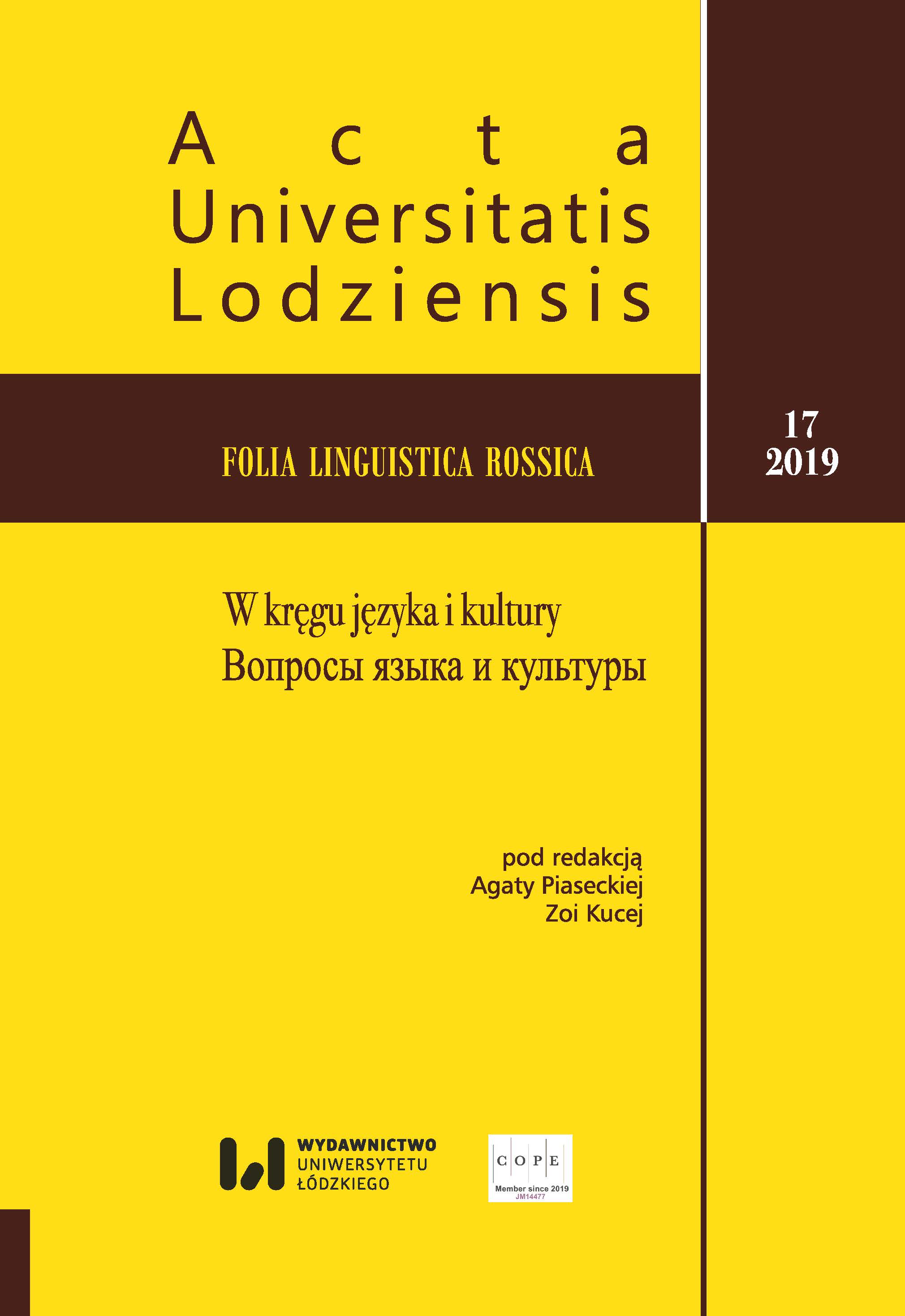Беларуская лінгвістычная транстэрмінаграфія канца XX – пачатку XXI стагоддзя (на матэрыяле руска-беларускіх, беларуска-рускіх і шматмоўных слоўнікаў)
Belarusian Linguistic Transterminography: from the Late 20th to the Early 21st Century (Based on the Russian-Belarusian, Belarusian-Russian and Multilingual Dictionaries)
Author(s): Dzmіtryi DzyatkoSubject(s): Language studies, Applied Linguistics
Published by: Wydawnictwo Uniwersytetu Łódzkiego
Keywords: lexicography;terminography;transterminography;dictionary;term;dictionary entry
Summary/Abstract: During the 20th and 21st centuries, the Belarusian linguistic terminography developed in close connection with other branches of terminography under the direct influence of specific social and political circumstances.During this period, local linguists compiled more than 70 different dictionaries of linguistic terms: stand-alone and incorporation dictionaries, general and aspectual dictionaries, selection dictionaries and usage dictionaries, translation dictionaries, explanatory and explanatory-translation dictionaries, alphabetical and alphanumeric dictionaries, etc.Certain issues of the development of Belarusian terminography are summarized in the studies of L. Antanyuk, G. Gvazdovich, M. Gulitski, A. Zhurauski, A. Padluzhny, M. Sudnik, T. Tamashevich, L. Shakun and others (mainly in the context of studies of the history of Belarusian linguistics and terminology). The publications of A. Adamovich and A. Kaurus, A. Krivitsky, P. Martinouski, R. Ageeva and others are devoted to the surveying of criticism of dictionaries of linguistic terms. The structure of the most authoritative dictionaries and their content were investigated in detail by V. Shcherbin who explored various aspects of the history of terminography.However, until our time, the whole field of the formation of linguistic termography in the Belarusian linguistics has not been systematized, nor are there any conceptual studies available on the methodology of terminographic practice.The purpose of this study is to analyze the state of the modern Belarusian translation terminography (transterminography) and identify the main trends in the methodology of terminographic practice.Research objectives: to identify which types of dictionaries prevail in the Belarusian translation terminography; characterize the types of microstructure of the translation linguistic dictionaries; determine what challenges the modern Belarusian transterminography is facing.The research material was the Belarusian stand-alone dictionaries and incorporation dictionaries in which linguistic terms are translated from Russian into Belarusian, from Belarusian into Russian, and multilingual dictionaries of linguistic terms in which Russian and Belarusian are input or output languages.Research methods – a descriptive method of synchronous analysis with elements of diachronic method, a comparative method and some individual techniques of component analysis.The study confirms a number of conclusions.Bilingual dictionaries prevail in the modern linguistic transterminography. Among the stand-alone dictionaries, a major part falls within Russian-Belarusian editions. Among incorporation dictionaries, the Belarusian-Russian dictionaries of usage are most numerous (largely due to a significant number of mikrodictionaries found in Belarusian language school textbooks).The typology of multilingual linguistic dictionaries seems redundant because most publications are unique in their structural and substantive features. So, in different layouts, the Belarusian, Russian, Polish, and Chinese languages are available as stand-alone dictionaries, and the Belarusian, Russian, English, German, French, Spanish, Polish and Chinese languages are corporation dictionaries.The microstructure of the major part of translation dictionaries is elementary and is formed by the nomination zone and the equivalent zone. In some cases, the area of grammatical information (a fragment of the inflection chain and an indication of the grammatical-semantic class of words) is also included in the dictionary entry.Further development of the Belarusian transterminography (first of all, the Belarusian-Russian and Russian-Belarusian) needs some adjustment on the part of the scientific community. The number of translation dictionaries has already reached that “critical volume” at which quantitative indicators must be balanced by qualitative ones. This means that based on compiled dictionaries a thorough metatheory of terminographic activity should be developed that would affect both the technical and linguistic aspects of creating special dictionaries. In our opinion, one of the possible implementations of such a theory and a process step towards overcoming the crisis in linguistic transterminography could be the creation of consolidated translation dictionaries of terms that would, within the framework of one scientific paradigm, summarize the experience accumulated over a century of systematization, codification and translation.
Journal: Acta Universitatis Lodziensis. Folia Linguistica Rossica
- Issue Year: 2019
- Issue No: 17
- Page Range: 13-28
- Page Count: 16
- Language: Russian

